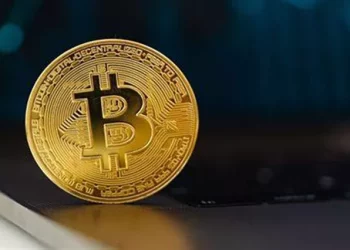Solana, a high-performance blockchain, has faced fresh criticisms for retaining its “beta” tag five years after its rollout. However, Mert Mumtaz, CEO of Helius Labs, has stepped forward to defend the decision, dismissing the criticisms as unwarranted. He explains that the “beta” label is largely arbitrary and should not be taken seriously, given the network’s impressive performance.
Beta Status: Meaningless or Strategic?
Mumtaz argues that Solana’s continued use of the “Mainnet Beta” designation is inconsequential. Despite this label, Solana is outperforming many of its competitors in key metrics such as active addresses and transaction volume. Mumtaz highlighted that Solana’s ability to handle higher scale and generate more revenue than most other blockchains indicates its readiness, even if it remains in the beta phase.
“The name ‘beta’ is arbitrary and meaningless,” Mumtaz stated in a post, adding that the network’s achievements, particularly in scaling, speak for themselves. He suggested that the criticism may stem from fear or jealousy, as Solana’s growing presence and performance outpace expectations.
Critics Challenge Solana’s Stability
Despite Mumtaz’s defense, critics, including the pseudonymous cryptocurrency expert Balarchrex, raised doubts about the network’s stability. Balarchrex questioned the use of the beta tag, pointing out that Solana frequently invokes it during periods of downtime. He suggests that Solana uses the “beta” label as a shield when the network experiences issues, which some believe undermines the credibility of its operations.
Furthermore, Balarchrex criticized the Solana Foundation’s lack of transparency about its wallet holdings, arguing that it could lead to institutional withdrawals if concerns about the foundation dumping tokens on the market continue to grow. However, Mumtaz countered that institutional investment in Solana is stronger than ever, with major players like Galaxy Digital increasing their SOL holdings.
Concerns About Solana’s Client Diversity
Another point of contention is Solana’s limited number of clients. Balarchrex pointed out that many of the projects on Solana, like Agave and Jito-Agave, are simply forks of Solana’s code, which raises questions about the network’s true diversity of clients. In response, Mumtaz rejected the notion that this is a problem. He argued that having two independent teams working on similar projects is not a hindrance and emphasized that Solana will not adopt Ethereum’s open-door policy of supporting any client, which he views as a strength.
Solana’s Price and Future Prospects
Amid these debates, Solana’s price has seen some volatility, trading at around $150. However, optimism is growing for the SOL token, with analysts predicting that its value could rise to $200, buoyed by institutional support and ongoing optimizations.
In summary, while Solana’s decision to retain the “beta” label has sparked debate, Mumtaz’s defense suggests that the blockchain is in a solid position to continue evolving, despite the criticisms.
Related topics:
Vitalik Buterin Proposes RISC-V to Replace Ethereum’s EVM
Vitalik Buterin Proposes Replacing Ethereum’s EVM with RISC-V for Better Scalability
Bitcoin Price Resilient as China Increases Gold Holdings by Five Tonnes
















